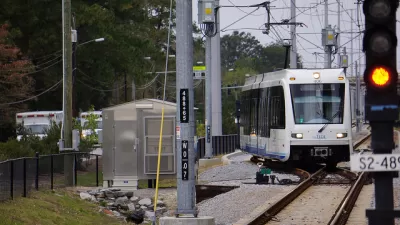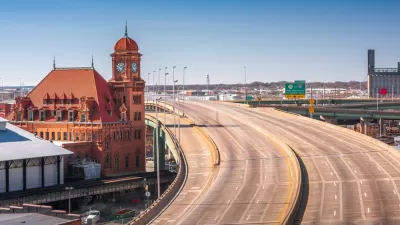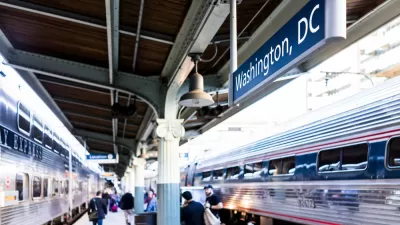An op-ed makes the case for the benefits of mixed-use development in Virginia, namely the creation of 24/7 environments for living, working, and playing.
To begin an op-ed in Virginia Business, Ryan Jenness cites the examples of two "much ballyhooed," but eventually failed projects from in Virginia during the mid-1980s—the Sixth Street Marketplace in Richmond and the Waterside park in Norfolk.
"Both Sixth Street Marketplace and Waterside provide sobering examples that the 'if you build it, they will come' philosophy works better in a Kevin Costner movie than in urban planning," writes Jenness.
But those examples were only a prelude to the current urban renewal efforts in Virginia, according to Jenness.
"The good news is that cities and developers alike have learned from missteps and assumptions. This is clear in the emergence and early success of so-called 'live/work/play' mixed-use communities in Virginia's metro areas. Much has been written about how these endeavors are popular with certain population subgroups, including millennials, empty-nesters, young professionals, and others looking for a short commute."
The difference between current efforts and the failed efforts of the past, according to Jenness, are the attention devoted to creating "24/7, 360 day per year" experience for residents—"not only living on-site, but also working, dining, shopping and entertaining." Jenness cites projects in Richmond, Norfolk, Roanoke, and Virginia Beach as examples of the new way of building.
The conclusion of the argument is more pragmatic then theoretical, and one that appeals to a broader audience in many types of communities: "The lesson to local governments, developers, and urban planners is clear: a one-dimensional retail project, regardless of popular support or any government subsidy, fails to attract people in the same way that a diverse, mixed-use residential project does. Consequently, a key component to real urban renewal lies in these live/work/play communities."
FULL STORY: Live/work/play: A key to Virginia’s urban renewal

Alabama: Trump Terminates Settlements for Black Communities Harmed By Raw Sewage
Trump deemed the landmark civil rights agreement “illegal DEI and environmental justice policy.”

Study: Maui’s Plan to Convert Vacation Rentals to Long-Term Housing Could Cause Nearly $1 Billion Economic Loss
The plan would reduce visitor accommodation by 25% resulting in 1,900 jobs lost.

Why Should We Subsidize Public Transportation?
Many public transit agencies face financial stress due to rising costs, declining fare revenue, and declining subsidies. Transit advocates must provide a strong business case for increasing public transit funding.

Paris Bike Boom Leads to Steep Drop in Air Pollution
The French city’s air quality has improved dramatically in the past 20 years, coinciding with a growth in cycling.

Why Housing Costs More to Build in California Than in Texas
Hard costs like labor and materials combined with ‘soft’ costs such as permitting make building in the San Francisco Bay Area almost three times as costly as in Texas cities.

San Diego County Sees a Rise in Urban Coyotes
San Diego County experiences a rise in urban coyotes, as sightings become prevalent throughout its urban neighbourhoods and surrounding areas.
Urban Design for Planners 1: Software Tools
This six-course series explores essential urban design concepts using open source software and equips planners with the tools they need to participate fully in the urban design process.
Planning for Universal Design
Learn the tools for implementing Universal Design in planning regulations.
Smith Gee Studio
Alamo Area Metropolitan Planning Organization
City of Santa Clarita
Institute for Housing and Urban Development Studies (IHS)
City of Grandview
Harvard GSD Executive Education
Toledo-Lucas County Plan Commissions
Salt Lake City
NYU Wagner Graduate School of Public Service





























